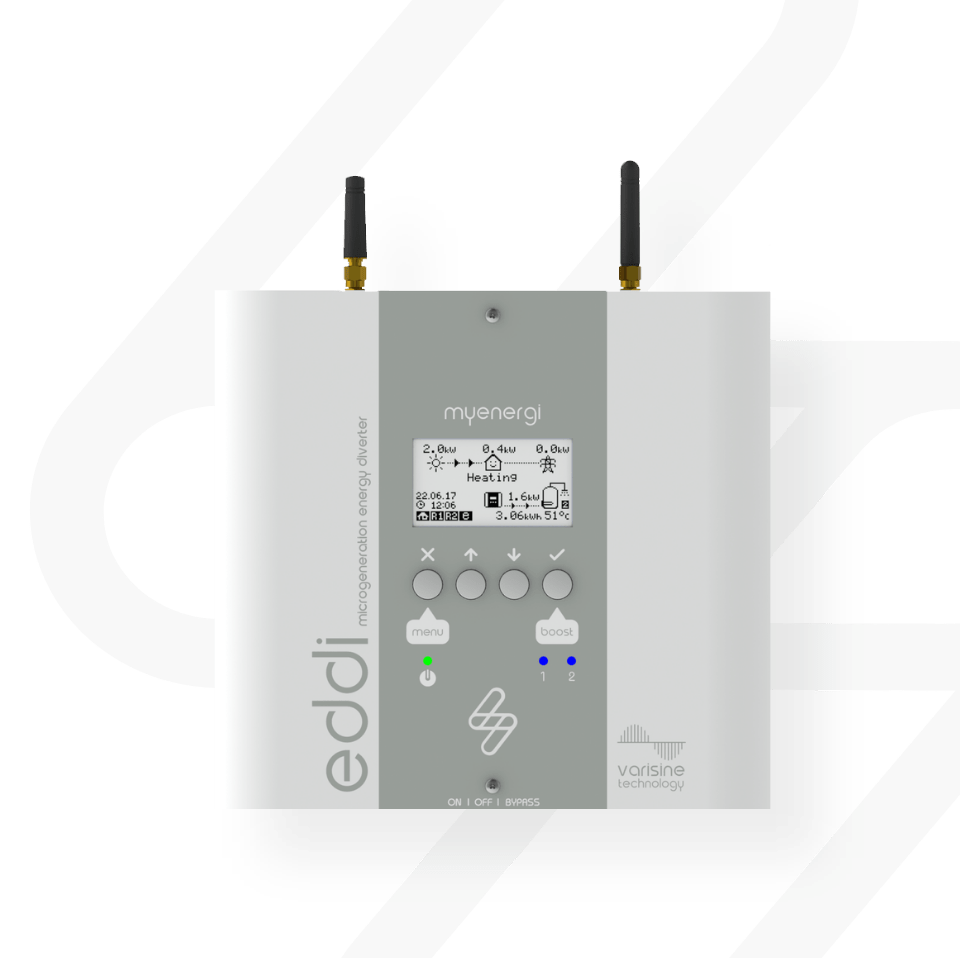Wind Energy: A Renewable Energy Guide
The government recently announced its aim to produce one-third of the UK’s electricity via wind power by 2030. Parliament’s recently signed, multi-million pound deal with the offshore wind sector has all but confirmed this goal.
Lining sections of the horizon, spinning in the distance on the side of roads, in fields and by the coast, wind turbines are quickly becoming the key to reducing the country’s carbon emissions.
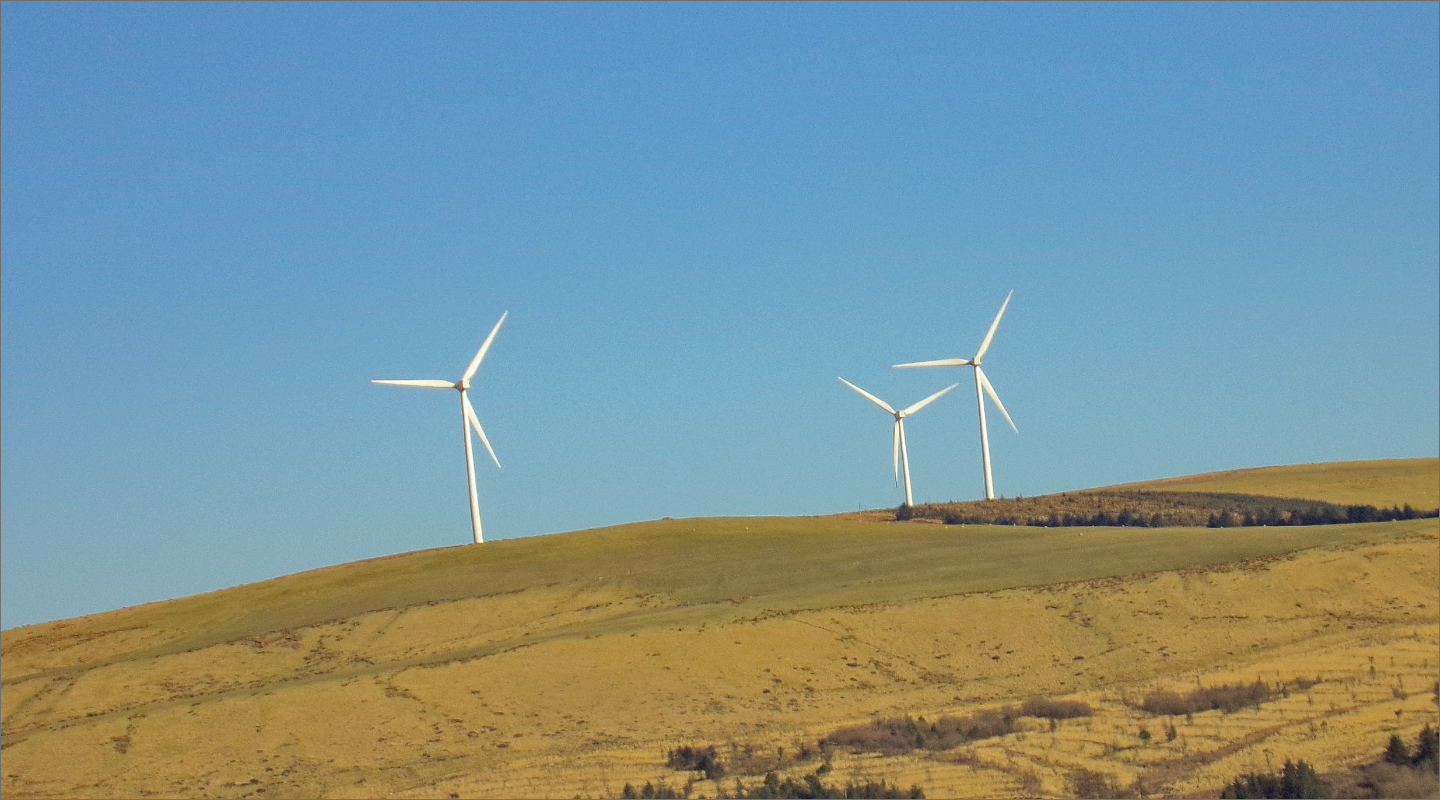
What are the different types of wind turbine?
Horizontal-axis turbine
These are the most common type of wind turbines: the tall white towers with rotor blades spinning in the breeze. The most powerful wind turbine on record is currently the Vestas V164, which can produce 9.5 megawatts. That means one turbine alone could power 9,000 homes!
With 85-metre blades and a swept area that’s double the size of the London Eye, you can spot these magnificent feats of engineering in the Irish Sea at the Burbo Bank offshore wind farm.
Vertical-axis turbine
There are many variations of vertical-axis turbines but generally, they produce less power than horizontal-axis turbines. However, they are better to maintain due to the fact their components are easier to access.
One style of vertical-axis turbine is the Darrieus Wind Turbine, which can create its own internal force of wind so therefore doesn’t rely solely on the speed of the wind in order to rotate quickly. That does mean it requires a separate motor to get started, though.
Cycloturbines improve upon the Darrieus, generating more power as well as being able to start without assistance. Meanwhile, the vertical-axis turbine is being continuously developed and improved for everyday use.
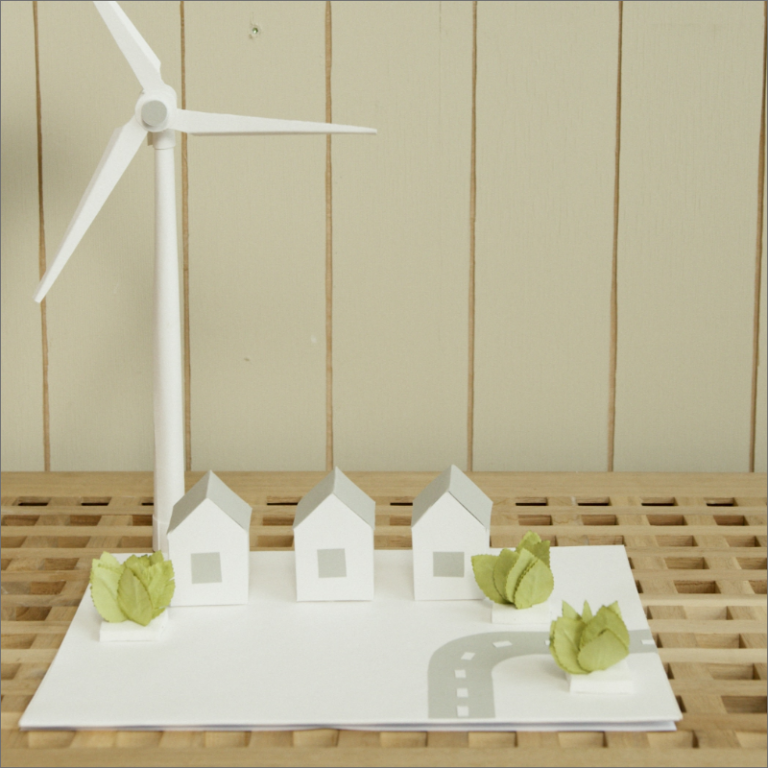
How do wind turbines work?
Turbines are made up of three rotor blades that spin in the wind. These angled blades are developed to be straight and incredibly aerodynamic – which means they reduce drag from air moving past – with a slight curve on one side to create lift. It is this lift that causes the blades to move and rotate, creating kinetic energy.
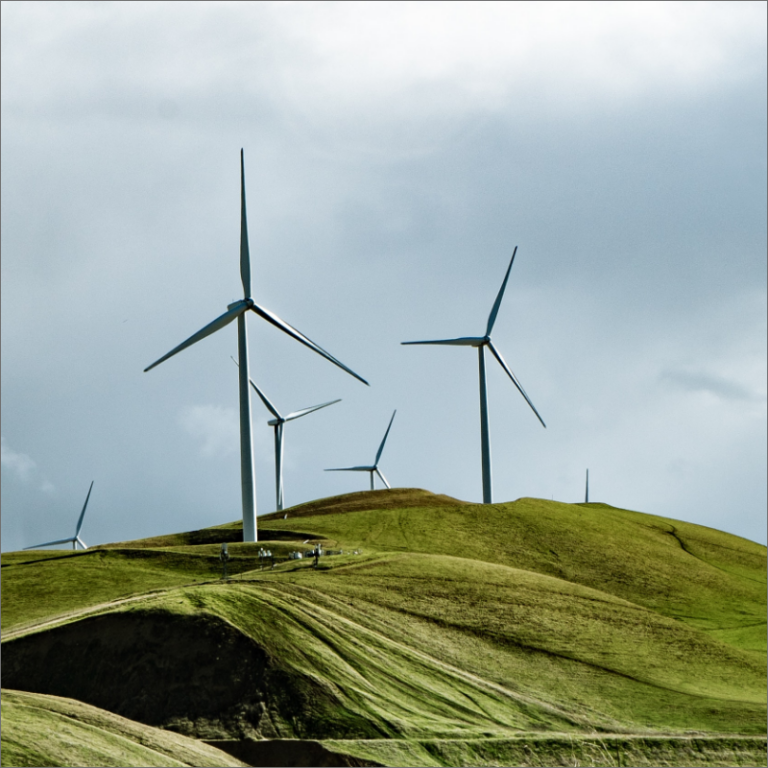
How does wind energy become electricity?
The kinetic energy created from the movement of the blades is transferred into a generator where it converts to electricity. All of this happens in the ‘hub’ of the wind turbine, the small section that the blades are connected to.
Once the power has entered the generator, it is moved down the tower and into a transformer before being sent to the national grid.
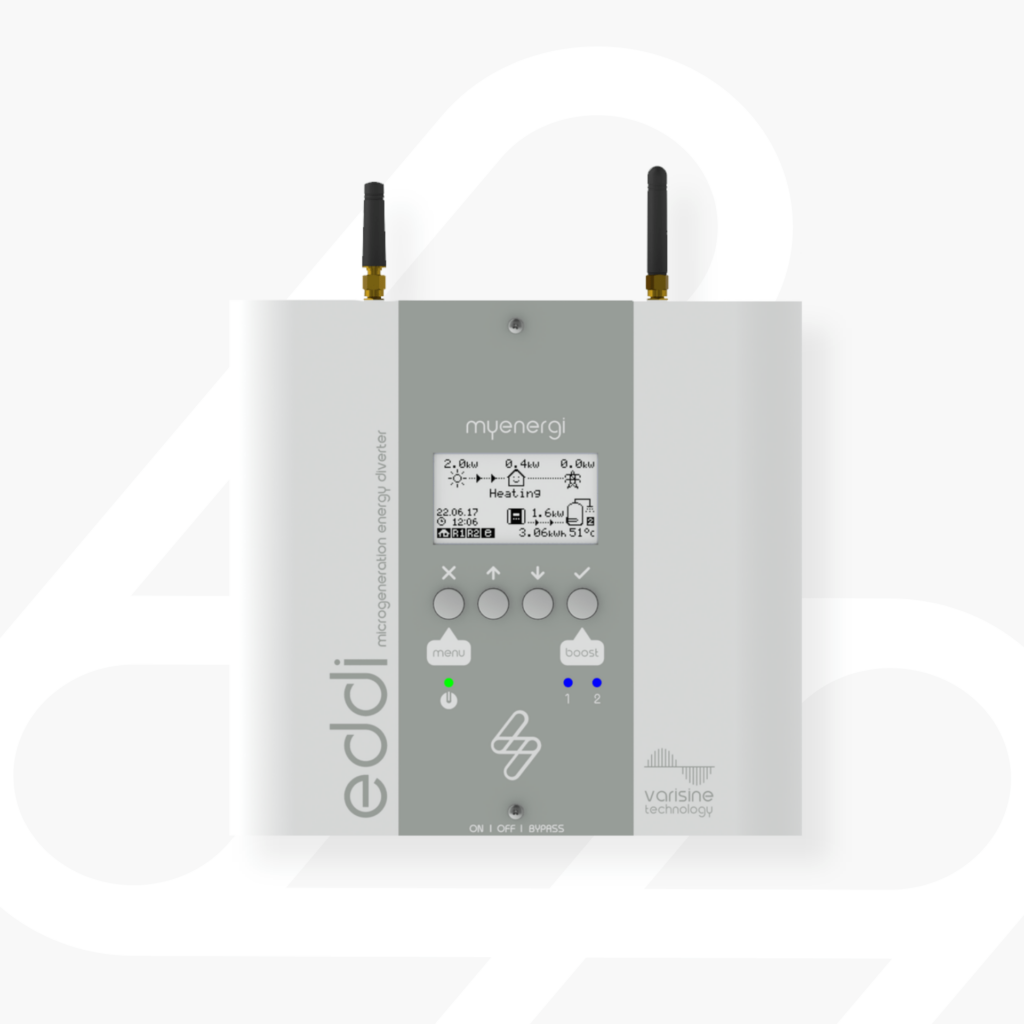
After solar panels, wind power is becoming an increasingly popular choice for residential, self-consumption of green energy. Both energy sources work in a similar way, producing power to be used in the home or sent back to the grid if there is excess.
Of course, with myenergi’s eddi device, you can utilise every watt you produce with our innovative self-consumption system. That means the power that is created through your solar panel or wind turbine is kept within your property, and not wasted by being sent back to the grid.
If you have an electric vehicle, our innovative zappi device can also direct any excess power to your EV charger, reducing your reliance on the grid and making the most of your renewable wind energy.
Contact our team
Get in touch with us today if you have a question about any of our products.-
+353 12 003003
ireland.admin@myenergi.com
1a Maple Drive, Bundoran Donegal Ireland

 libbi
libbi